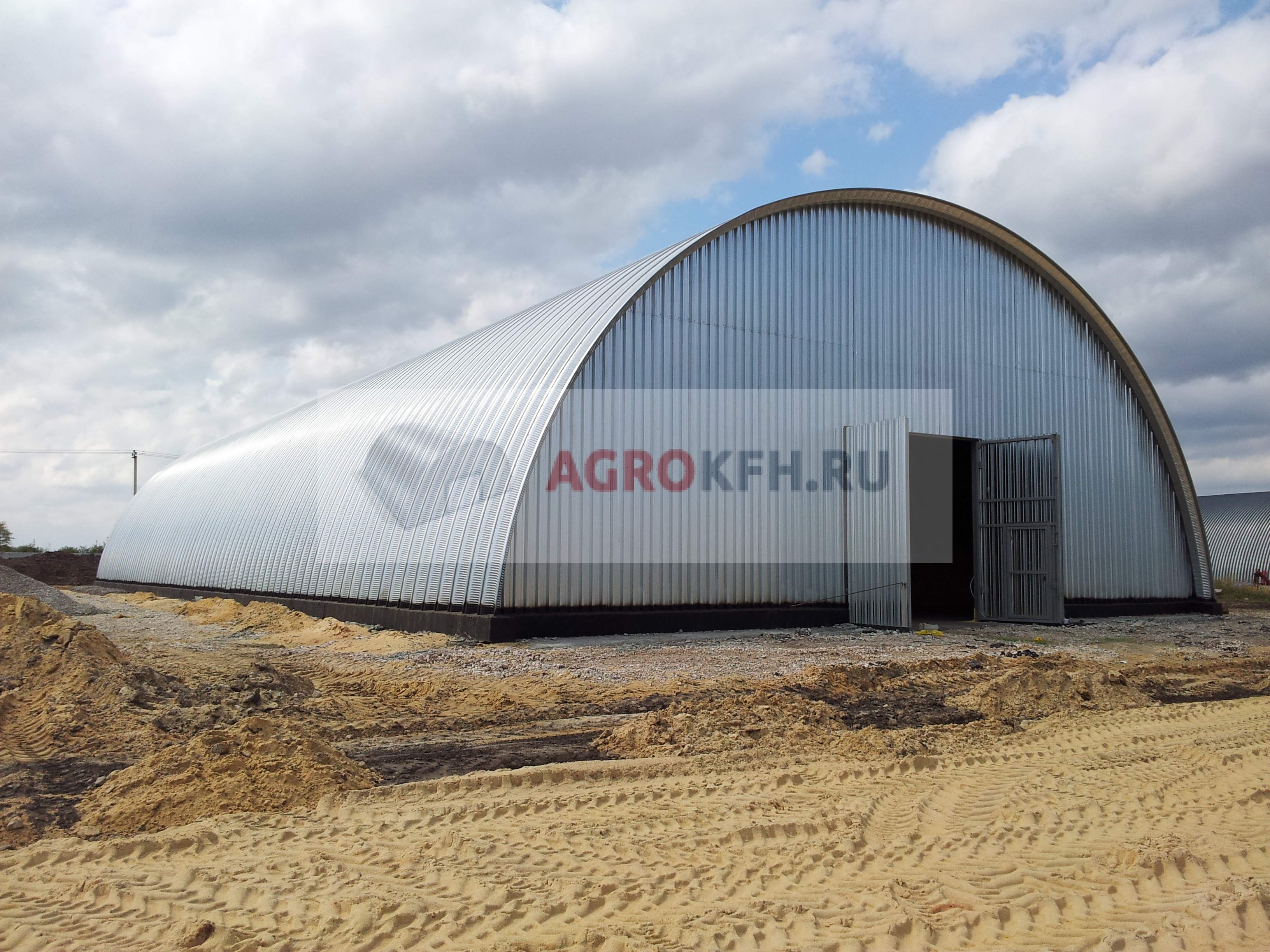
Collection History The Library acquired the majority of the albums in this digital presentation during the early 1930s. Many were originally part of Romanov palace libraries nationalized by the Soviet government and sold abroad for hard currency. Background Subjects include Russian Orthodox churches, monasteries, and ecclesiastical art; views of cities, as well as small provincial towns; secular architecture; tsarist- and Soviet-era political exiles; and the diverse peoples of the Russian Empire. A number of albums include portraits of the Tsar or the imperial family; state occasions, military maneuvers, and relaxation at the imperial hunting lodge are all depicted.
Represented as well are military operations, particularly during the Russo-Turkish War of 1877-78. Russian Revolutionary-era photos are extensive, ranging from the immediate aftermath of the February Revolution, to the Stalinist period. Many of the imperial association albums-that is, those presented as gifts to the royal family-are of superior technical and artistic quality, and in several cases mounted in bindings that are themselves works of art, incorporating silver, wood, and other decorative elements. Related Resources Hee-Gwone Yoo.' Holdings of rare photographs and plate books at the Slavic and Baltic Division of The New York Public Library.' Rosia yongu (Russian Studies), vol.
Scientists from the University of Miami’s School of Medicine determined that a constituent of Aloe vera reduces Alzheimer’s symptoms and significantly increases cognition scores among Alzheimer's. Write something about yourself. No need to be fancy, just an overview. No Archives Categories. 300 primerov po matematike 2 klasse.
1 (2002): [323]-332. Collection Data.
6), 1838, in the village of Alekseevskoe, Skopin District, in what is now Riazan’ Oblast; died Dec. 30, 1907 (Jan. 12, 1908), in St. Russian physician. One of the founders of Russian dermatology. In 1864, Polotebnov graduated from the St. Petersburg Medical and Surgical Academy, where he had studied under S.

From 1876 to 1894 he was a professor there and held the chair of skin diseases. Polotebnov was the first to advance the theory that a skin disease should be regarded as a disease of the entire body and that the pathology of the disease should be studied within the context of the functional changes that occur. He established the importance of the nervous system in the development of dermatoses. He was one of the first to prove the significance of the climate, as well as the significance of hydrotherapy and electrotherapy, in treating dermatoses and established the therapeutic effect of mold fungus. Polotebnov theorized that the spread of venereal diseases was determined by social factors and proposed a number of preventive measures. Polotebnov founded a school of dermatologists.
Following his initiative, all Russian universities, beginning in 1884, established independent chairs of skin and venereal diseases.